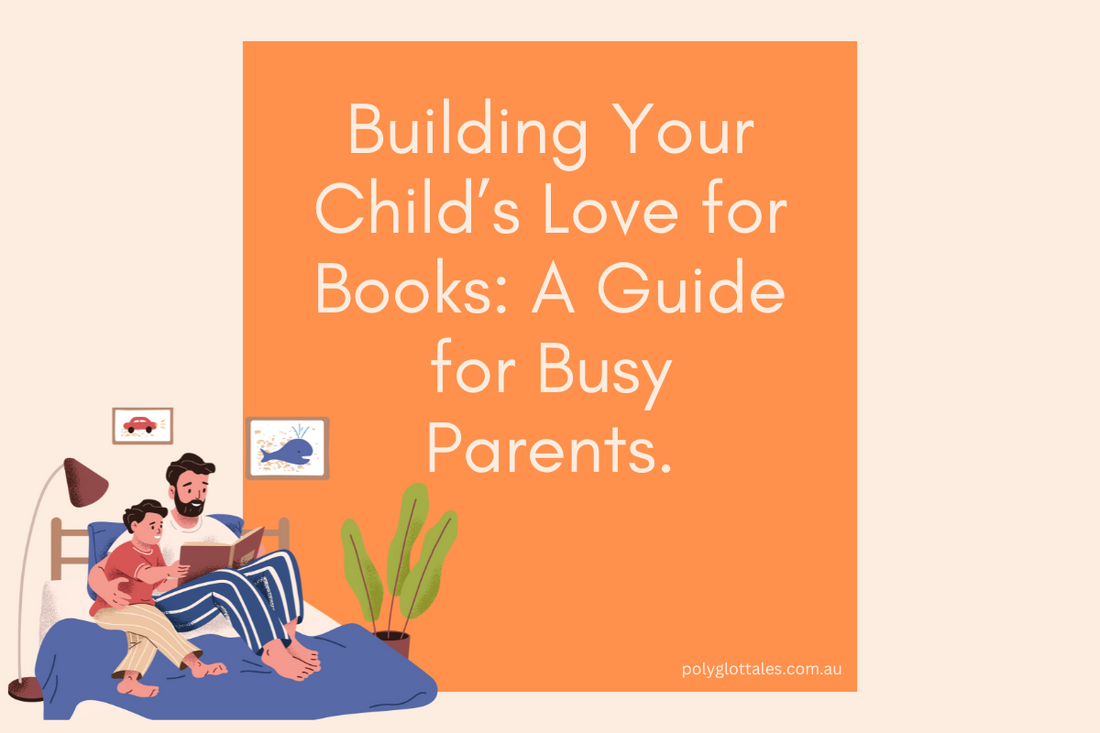n today’s fast-paced world, carving out time to foster a love for books in your child can feel like an uphill battle. Between work, chores, and endless to-do lists, reading often gets sidelined. However, cultivating a love for books early on can have lifelong benefits for your child, from improving language skills to sparking creativity and empathy. Here’s how even the busiest parents can nurture a love for reading in their little ones.
1. Start Early and Make It Routine
Reading doesn’t have to be a grand event. Begin with short, engaging stories during bedtime or while winding down after playtime. Even 5-10 minutes a day can make a huge difference. Creating a daily reading routine helps children associate books with comfort and consistency.
2. Create a Reading-Friendly Environment
Designate a cozy reading nook in your home, complete with pillows, blankets, and a small bookshelf within your child’s reach. Make books as accessible as toys, encouraging your child to pick one up whenever they please. Rotate books regularly to keep their interest piqued.
3. Choose Age-Appropriate and Diverse Books
Selecting books that match your child’s developmental stage is key. For toddlers, board books with vivid illustrations and interactive elements work wonders. For older kids, explore stories that reflect their interests or introduce them to diverse cultures and experiences. Multilingual families can incorporate books in various languages to celebrate their heritage.
4. Lead by Example
Children learn by observing. If they see you enjoying a book, they’re more likely to emulate your behavior. Share your reading experiences with them, whether it’s a favorite novel or an interesting article, and talk about what you’ve learned.
5. Visit Libraries and Bookstores
Libraries and bookstores are magical places for kids. Regular visits can spark curiosity and excitement about books. Many libraries also offer free storytelling sessions and activities tailored for children.
6. Make Reading Interactive
Engage your child while reading by asking questions about the story, encouraging them to guess what happens next, or having them act out scenes. This not only makes reading fun but also improves comprehension and critical thinking.
7. Use Audiobooks and Story Apps
For days when you’re particularly strapped for time, audiobooks or storytelling apps can fill the gap. Listening to stories during car rides or while cooking can be a practical way to keep your child engaged with literature.
8. Involve the Whole Family
Turn reading into a family affair. Siblings can read to each other, or grandparents can share their favorite childhood stories. The more books become a part of your family culture, the more your child will cherish them.
9. Celebrate Books Beyond Reading
Expand the world of books by incorporating related activities. After reading a story about animals, plan a trip to the zoo. Read about different cuisines and cook a recipe together. Connecting books to real-life experiences makes them even more memorable.
10. Be Patient and Persistent
Not every child will instantly fall in love with books, and that’s okay. Keep introducing different genres, themes, and formats until something clicks. Remember, the goal isn’t just to read but to foster a lifelong love for stories and learning.
Final Thoughts
As a busy parent, you don’t need hours of free time to build your child’s love for books. Small, consistent efforts can create a big impact. By integrating books into your daily routines and family culture, you’re not only raising a reader but also nurturing a curious and imaginative mind. Happy reading!

